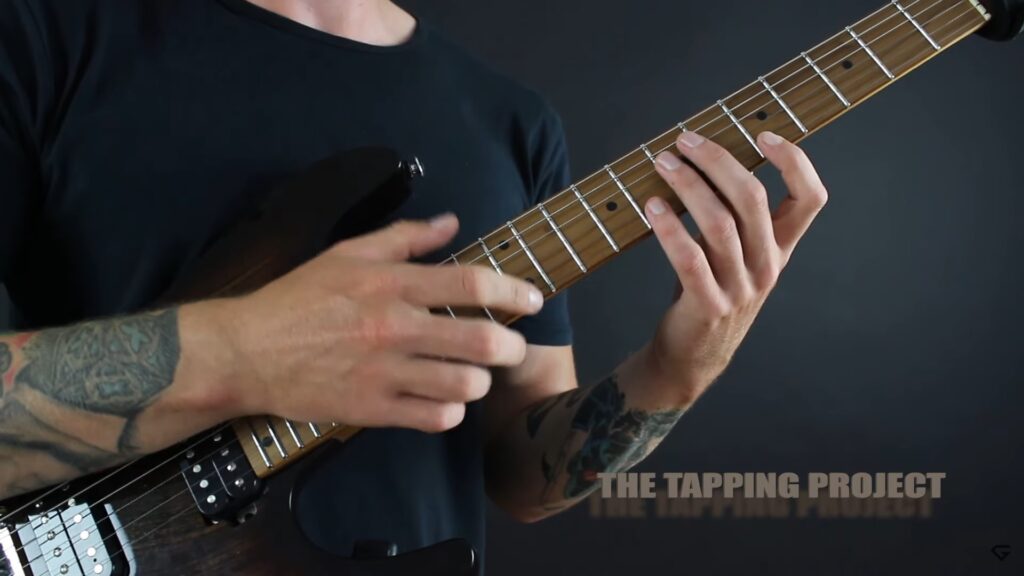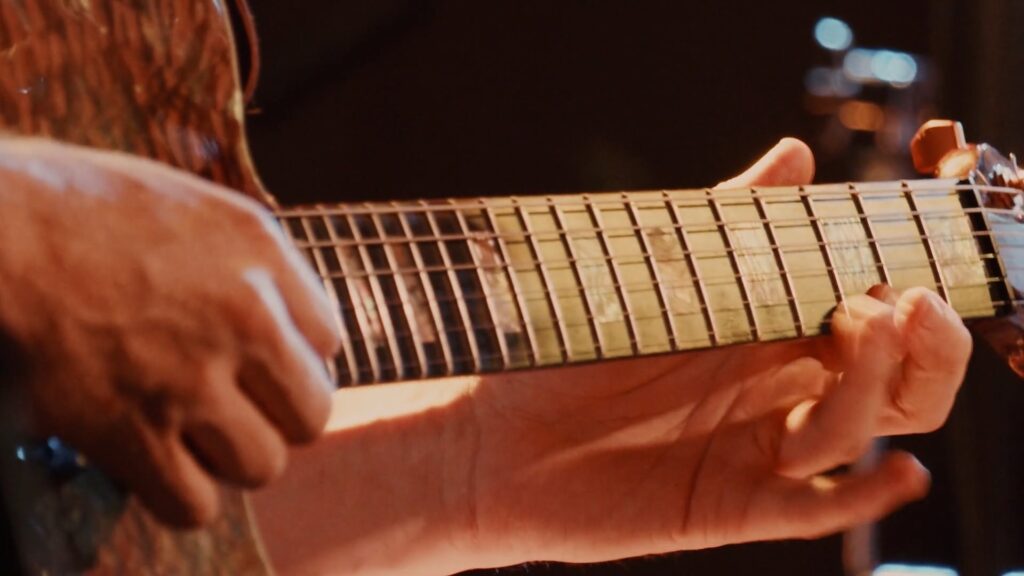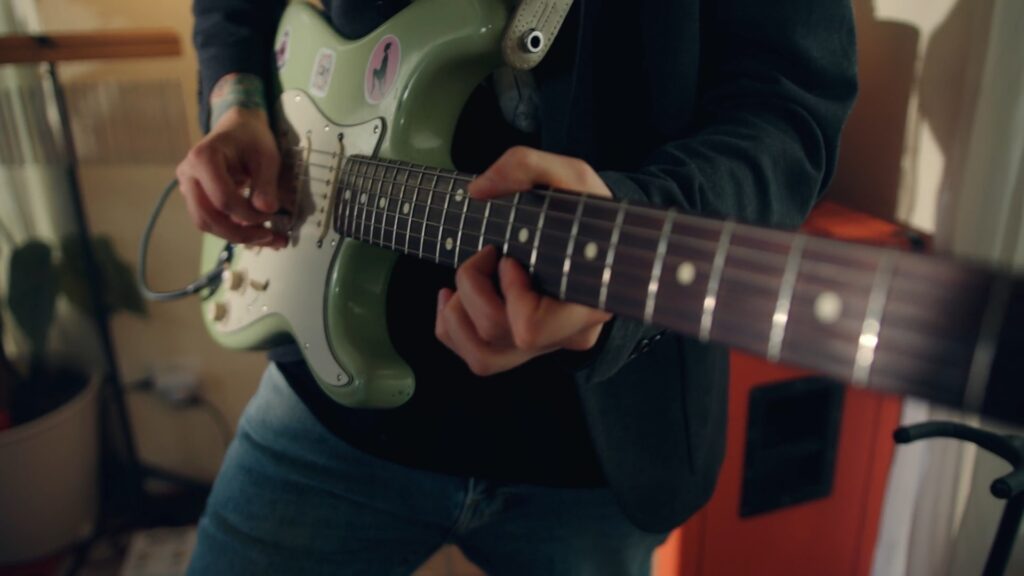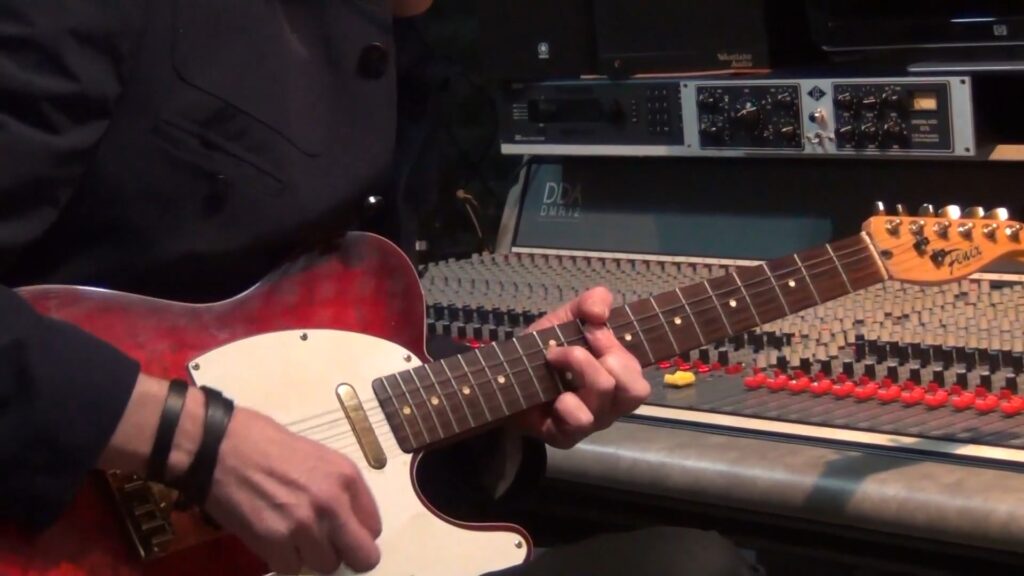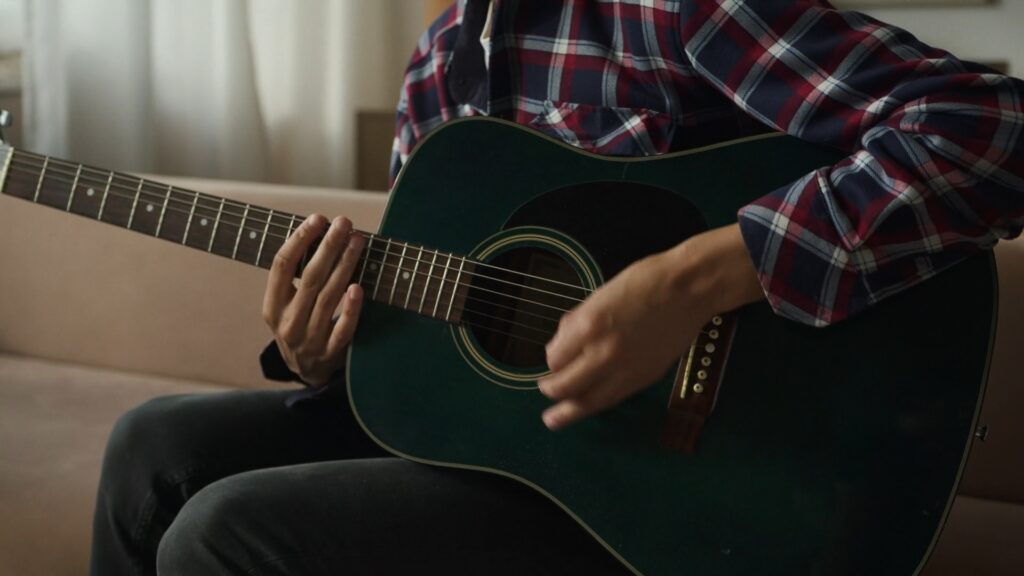Tapping is a technique that has revolutionized the way guitarists approach their instrument. It allows for lightning-fast runs, intricate melodies, and a unique sound that can captivate audiences. If you’re looking to unleash your tapping potential and explore the full range of this technique, incorporating it into your repertoire through songs is a great way to do so. In this article, we’ll delve into a selection of guitar songs that not only showcase the power of tapping but also help you develop and refine your skills.

“Eruption” by Van Halen
No list of tapping songs would be complete without mentioning “Eruption” by Eddie Van Halen. This iconic instrumental track features a mind-blowing tapping section that has become one of the most recognized guitar solos in rock history. Tackling “Eruption” will challenge your speed, precision, and control over tapping techniques.
“For the Love of God” by Steve Vai
Steve Vai is renowned for his mastery of the guitar, and “For the Love of God” is a prime example of his extraordinary tapping skills. This epic song combines emotional melodies with virtuosic tapping sections, showcasing the full range of possibilities with the technique. Practicing this song will help you develop your musicality, finger coordination, and dynamics in tapping solos.
“Midnight” by Joe Satriani
“Midnight” is a mesmerizing instrumental piece by Joe Satriani that incorporates tapping in a melodic and expressive way. The song features cascading tapped arpeggios, creating a hypnotic and ethereal atmosphere. Working on “Midnight” will improve your tapping accuracy, timing, and control over complex arpeggio patterns.
“The Animal” by Guthrie Govan
Guthrie Govan is known for his versatility and technical prowess on the guitar, and “The Animal” is a prime example of his genius. This instrumental track showcases his unique approach to tapping, combining intricate tapped passages with melodic phrasing and expressive bends. Practicing “The Animal” will push your tapping technique to new heights and expand your musical vocabulary.
“Cliffs of Dover” by Eric Johnson
“Cliffs of Dover” is a masterpiece by Eric Johnson, featuring a memorable tapping section that stands out in the song’s intricate arrangement. The tapping passages in this song require precision, speed, and a keen sense of rhythm. By mastering “Cliffs of Dover,” you’ll refine your tapping technique and develop a greater sense of musicality in your playing.
“Technical Difficulties” by Racer X
“Technical Difficulties” by Racer X is a high-energy instrumental track that showcases the tapping prowess of guitarist Paul Gilbert. The song features lightning-fast tapped arpeggios and complex sequences that will challenge even the most experienced guitarists. Practicing “Technical Difficulties” will enhance your speed, accuracy, and overall control in tapping solos.
“TTNG” by Animals as Leaders
Animals as Leaders, led by guitarist Tosin Abasi, pushes the boundaries of progressive metal and incorporates tapping in innovative ways. Songs like “TTNG” showcase intricate tapping passages with complex rhythms and unique fingerings. Exploring the music of Animals as Leaders will expose you to fresh ideas and inspire you to push your tapping technique to new frontiers.
“The Glass Prison” by Dream Theater
Dream Theater’s “The Glass Prison” is a progressive metal epic that features a blend of tapping techniques throughout its duration. From fast-paced tapped runs to melodic tapping solos, this song provides ample opportunities to practice and refine your tapping skills. The complex time signatures and challenging passages will test your abilities and expand your musical horizons.
“Scarified” by Racer X
“Scarified” is another iconic track by Racer X that exemplifies the technical prowess of Paul Gilbert. This song showcases blazing-fast tapped passages, incorporating arpeggios, scales, and lightning-speed licks. Working on “Scarified” will improve your finger dexterity, speed, and accuracy in tapping solos.
“Tender Surrender” by Steve Vai
“Tender Surrender” is a beautiful composition by Steve Vai that blends melodic sensibility with intricate tapping passages. The song features soulful melodies and captivating tapping sections that allow for expressive and emotional playing. Practicing “Tender Surrender” will refine your phrasing, dynamics, and control over tapping techniques.
As you explore these songs, remember to start at a comfortable pace and gradually increase the tempo as you gain proficiency. Break down challenging sections into smaller parts and practice them diligently. Record yourself playing to monitor your progress and identify areas that need improvement. Don’t be discouraged by the difficulty level; rather, see it as an opportunity to grow as a guitarist.
Incorporating these songs into your practice routine will not only unleash your tapping potential but also deepen your understanding of the technique. Each song offers unique challenges and opportunities for growth, helping you refine your technique, expand your musicality, and develop your own voice as a guitarist. Embrace the journey, enjoy the process, and let your tapping potential soar.
